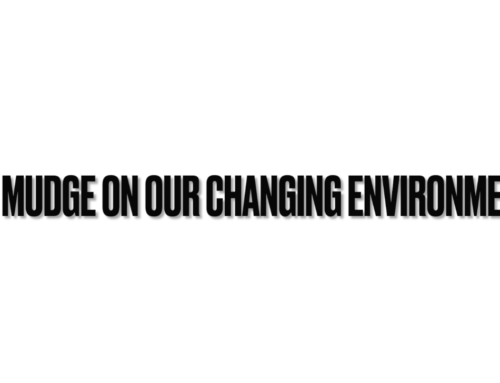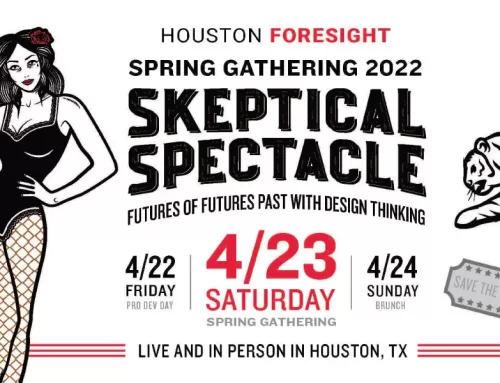A grad student asked me to take a look at Michael Maccoby’s Narcissistic Leaders: Who Succeeds and Who Fails. As I started to back away and cite the size of my reading “to do” list, I was cleverly enticed by his noting that Maccoby cites foresight, systems thinking, and visioning as three of his “five elements of strategic intelligence” deemed essential to building and sustaining a business. So our Houston Futures Studies program is all about teaching foresight, we have a class devoted to systems thinking, and we teach visioning as part of Strategic Thinking and part of a new topical course on Alternative Perspectives I’m putting together for the fall. The other two elements are partnering and motivating, which I wouldn’t say we directly cover in our curriculum, but three out of five ain’t bad!
That was enough to take a peek. First, a narcissist is “the kind of person who (1) doesn’t listen to anyone else when he believes in doing something and (2) has a precise vision of how things should be.” (p.9) Yikes, that’s not exactly the message we want to send to our students. He also notes that a narcissistic vision always starts with a rejection of the status quo. Again, not sure about this either. Our framework forecasting process starts with producing a “baseline future,” which is basically a view of the status quo, and then we challenge that with potential alternative futures. But I would not advise to automatically reject the baseline – sometimes things are going well and one hopes they will continue – although most often we tend to be advocates of change. To reinforce this point about not absolutely rejecting the status quo, when we talk about visioning, we suggest that a vision and visioning process is most appropriate when there is a need for transformational change. If things are okay, changing incrementally, there may be nothing fundamentally wrong with the current vision and the status quo.
Okay, enough on that. I take the point that it sometimes takes someone with a narcissistic personality to stand firm with their vision in the face of detractors holding on to the status quo. I might ask whether this is the only way to do so – can one stand firm and be a non-narcissist?
Another point of interest was the focus on personality type as the lens through which to view the leader. Having just finished a book on values, ConsumerShift, I would put greater emphasis on the values of the leader as a key driver of their goals and style, with personality a secondary influence. But as I noted in the book, I think it is valuable to look at issues from different “centers,” whether values, personality, generations – though I still come out with the view that values makes the most sense at the center.
So a values-based interpretation of the narcissist leader is that it sounds very much like a “modern” style that could work in a modern organization with its emphasis on hierarchical approaches. I suspect it would not do as well in a postmodern organization with a network approach. That said, however, it may not quite be over yet for narcisstic leaders. I’ve often associated Gen Y with narcissism and I’m not alone Gen Y’s Most Perilous Trait? Yep, a thought worth pondering…..and a style worth considering??? Andy Hines




